Florida's Coral Reef Disease Outbreak
Scientists, policy makers, and the public are responding to a disease event affecting the continental United States' only living barrier reef.
Florida's Coral Reef is experiencing a multi-year outbreak of stony coral tissue loss disease. While disease outbreaks are not uncommon, this event is unique due to its large geographic range, extended duration, rapid progression, high rates of mortality and the number of species affected. The disease is thought to be caused by bacteria and can be transmitted to other corals through direct contact and water circulation. Researchers are working to identify potential pathogens and relationships with environmental factors, strategies to treat diseased colonies, and identify genotypes of corals that are resistant to the disease.
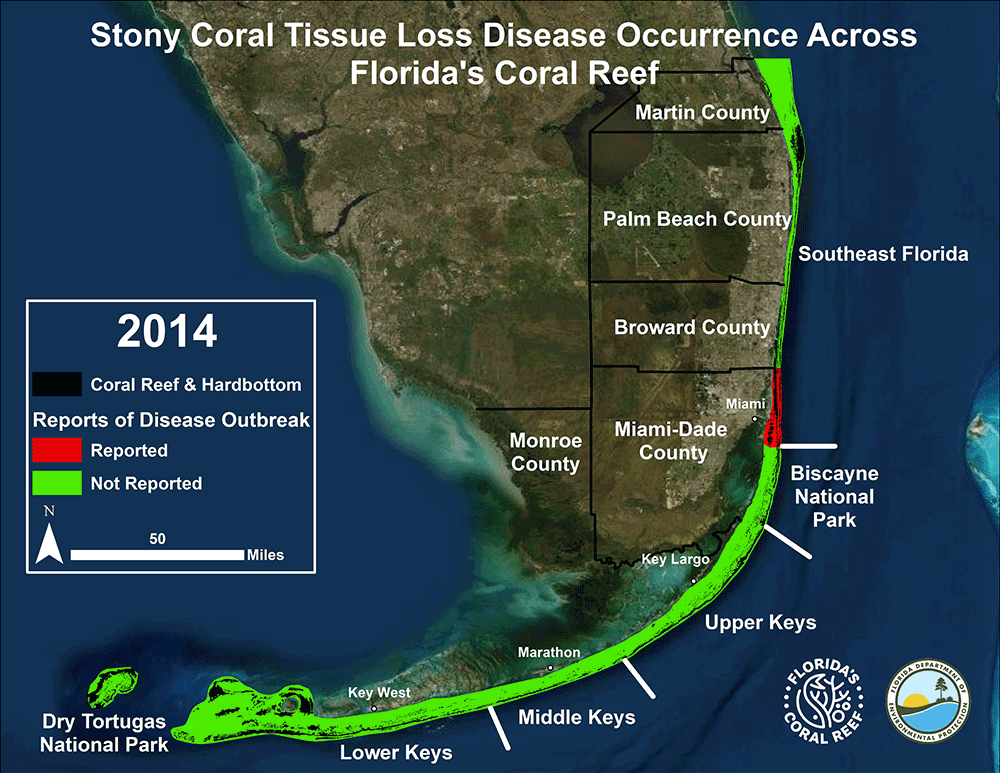
News
Saving Corals on Land
A diverse team of wildlife experts comes together to save corals in a unique public / private partnership, led by the Association of Zoos & Aquariums with involvement from Disney Conservation, the Fish & Wildlife Foundation of Florida, the Florida Fish and Wildlife Conservation Commission, NOAA Fisheries, and SeaWorld.
Will Disease Return to Outplanted Corals?
Florida Fish and Wildlife scientists are testing the fate of corals susceptible to stony coral tissue loss disease by outplanting new colonies across Florida’s coral reef where the disease is still present but no longer found in epidemic proportions. The knowledge gained during this study will pave the way for future expansions in the restoration of disease-susceptible corals.
Stony Coral Tissue Loss Disease found at Dry Tortugas National Park
After holding out hope the westernmost reaches of Florida Keys National Marine Sanctuary would be spared the ravages of Stony Coral Tissue Loss Disease, lesions have been identified on corals in the Dry Tortugas.
SEAFAN Citizen Science Reports Result in Successful Coral Disease Intervention
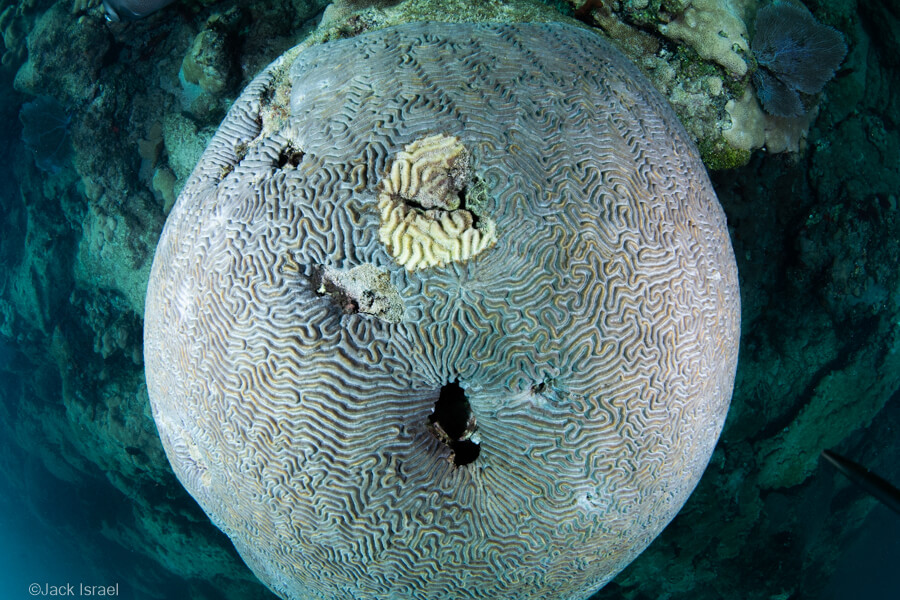
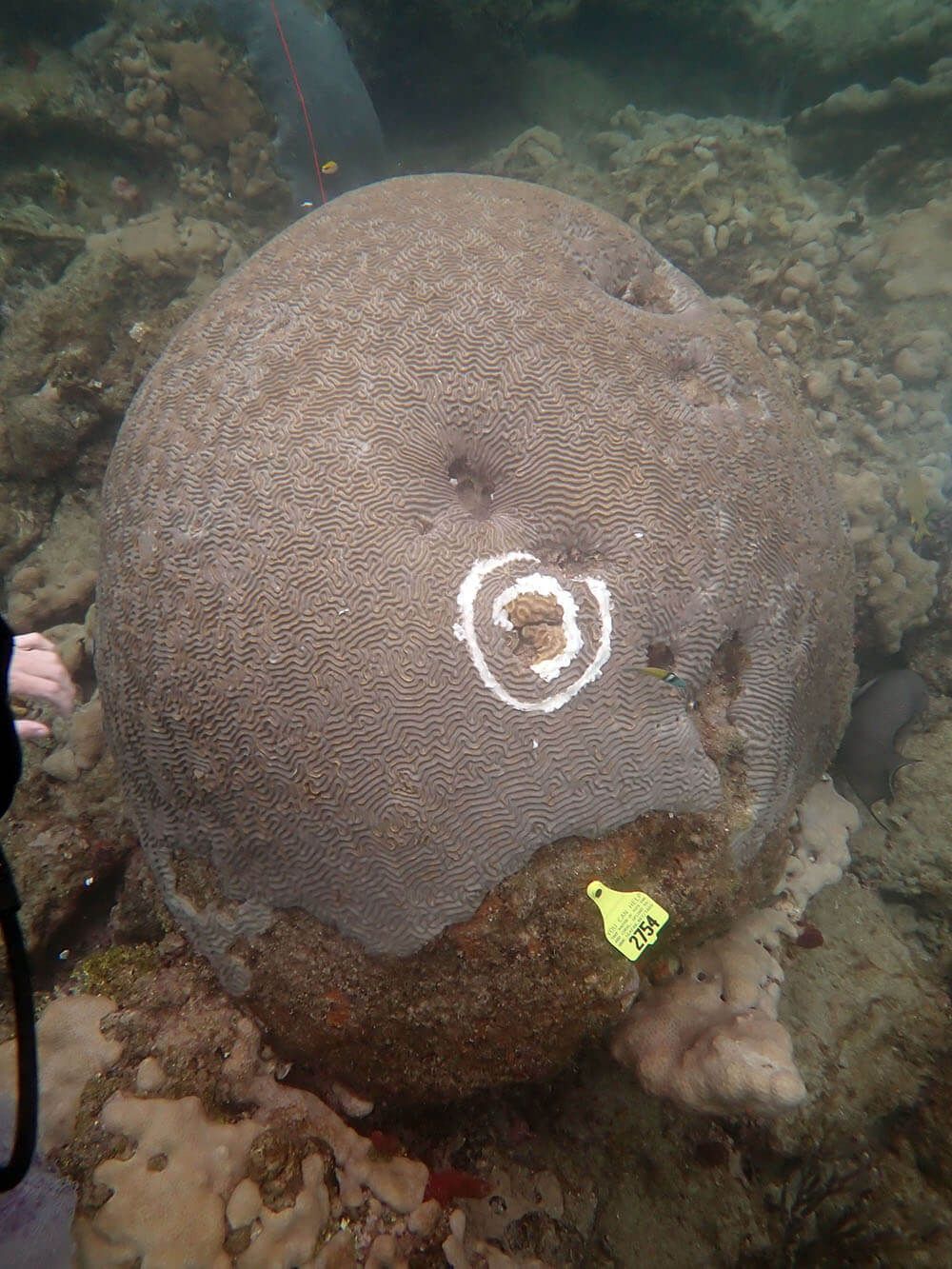
The Southeast Florida Action Network (SEAFAN) is the DEP Coral Reef Conservation Program's marine incident reporting program for citizen scientists within the Southeast Florida Coral Reef Ecosystem Conservation Area (Coral ECA). Coral Reef Conservation Program staff coordinate response efforts tailored to the incidents and locations. If you are ever out on the water in the Coral ECA and see something that doesn't look right, please fill out a report at www.SEAFAN.net. On February 5th, SEAFAN received a report of many corals with signs of disease offshore Broward County. DEP notified the stony coral tissue loss disease intervention team members at Nova Southeastern University. Dr. Brian Walker's strike team was able to find the large symmetrical brain coral (Pseudodiploria strigosa) colony, apply an antibiotic treatment, and tag the coral. Intervention strike teams along the reef secure tags to treated corals and ask that citizen scientists submit photos of tagged corals when they see them to aid in monitoring. Dr. Walker's team successfully treated 14 other diseased corals in the area. This marks the first time that intervention practitioners were able to locate and treat a sick coral from a SEAFAN report submitted in the Coral ECA!
NOAA and partners combat devastating coral disease and plan for restoration

Read NOAA's piece on the collaborative stony coral tissue loss disease response effort
Story map tells of efforts to save large corals
Nova Southeastern University’s GIS & Spatial Ecology lab released a story map in October 2020 chronically how disease intervention saves large corals. These reef-scape scale interventions, although costly and time consuming, are the only effective stopgap tool while the larger causative agents of stony coral tissue loss disease are identified and remediated. A no-action alternative would lose large amounts of live tissue, promoting bioerosion, and let some of the oldest reef residents die.
For diseased corals, new probiotic treatments come in bags and pastes
Researchers at the Smithsonian Marine Station have developed two new methods for applying probiotic treatments to wild corals infected with stony coral tissue loss disease on Florida’s Coral Reef. In early September, Smithsonian Marine Station scientists partnered with Dr. Brian Walker's GIS & Spatial Ecology laboratory at Nova Southeastern University to test the two new treatment approaches on the reef: a bag for covering whole colonies and a paste for individual disease lesions.
For the whole colony treatment, divers cover an entire great star coral colony with a weighted bag and inject probiotics. The divers remove the bag after two hours, allowing the probiotic bacteria to colonize the coral. For the lesion treatment, Smithsonian Marine Station developed a probiotic-loaded paste to apply directly to individual disease lesions. The paste hardens on contact with seawater to prevent it from floating away and adheres to the coral tissue, which allows the probiotic bacteria to colonize the coral.
The research team will revisit treated colonies regularly to assess the probiotic treatment success and retreat corals if necessary. These two innovative strategies mark the first coral probiotic treatments of stony coral tissue loss disease on the reef. Researchers will continue to look at other potential treatment methods and advanced knowledge of coral probiotics in relation to stony coral tissue loss disease.
Great star coral spawn in captivity for the first time
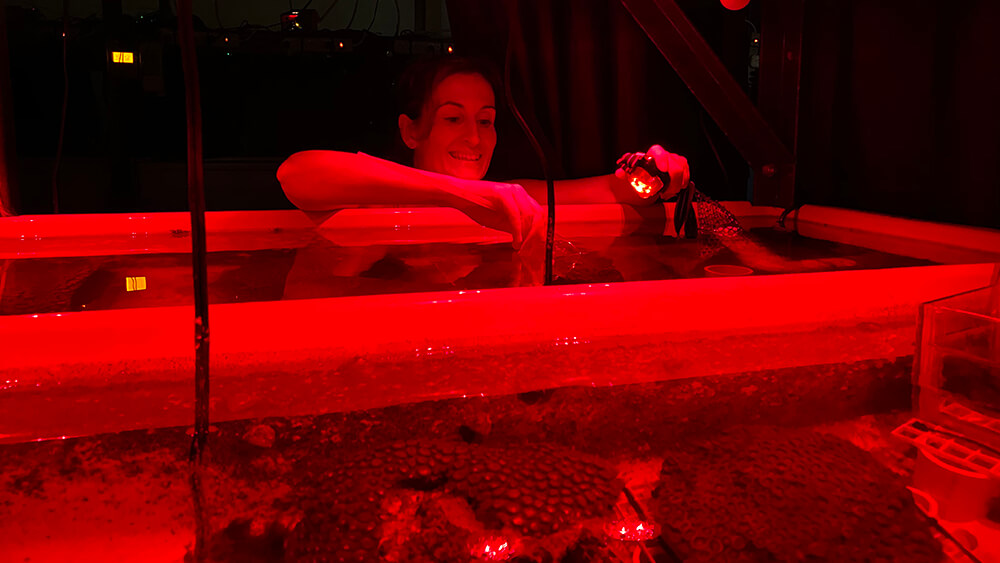
In August 2020, scientists at the Nova Southeastern University Marine Larval Ecology and Recruitment Laboratory in Florida have successfully induced colonies of great star coral, a major reef-building species, to reproduce in captivity for the first time ever. Great star corals are susceptible to stony coral tissue loss disease and the ability to complete this coral's reproductive cycle in land-based aquaria represents a breakthrough in coral science and restoration.
Historic spawning of restored massive corals
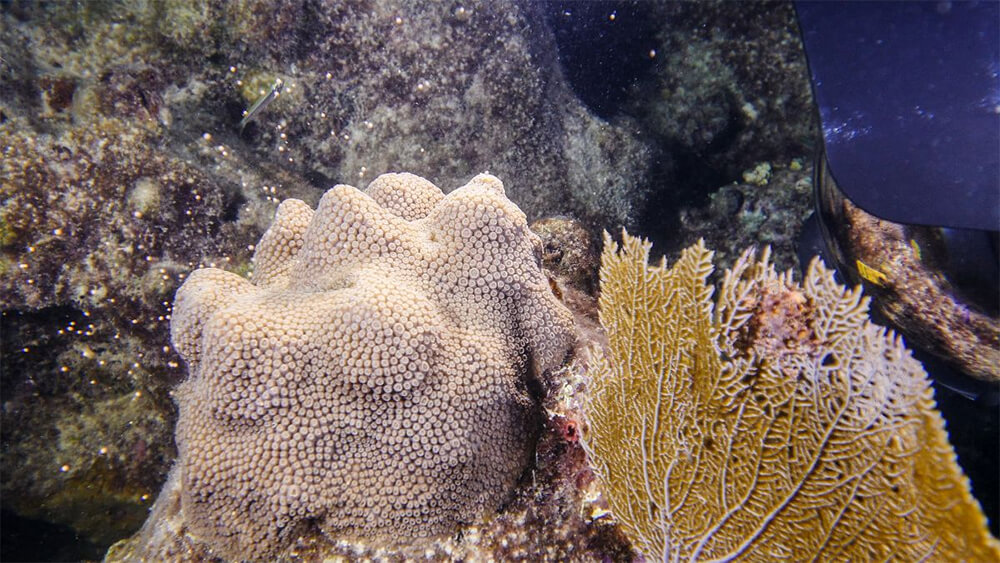
For the first time in Florida or Caribbean waters, restored massive corals were observed spawning - part of sexual reproduction that could result in the next generation of coral offspring - thanks to Mote Marine Laboratory & Aquarium's innovative efforts to restore Florida's Coral Reef. In August 2020, Mote coral scientists observed colonies of mountainous star coral (Orbicella faveolata) on a reef near Cook Island release their gametes in an extraordinary display. This is the first time that restored massive corals have been documented to spawn on Florida’s Coral Reef.
Aquarium succeeds in second lab-induced spawning of threatened species
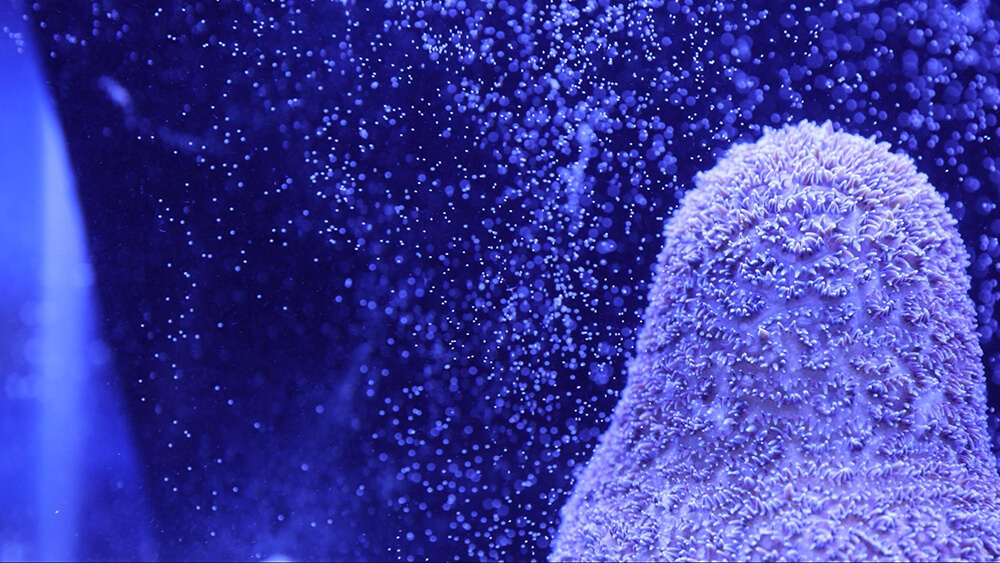
The Atlantic pillar coral (Dendrogyra cylindrus) successfully spawned for the second consecutive year at The Florida Aquarium Center for Conservation’s Induced Coral Spawning Lab. A total of 14 corals spawned over three days, and larvae were created through assisted fertilization of 11 separate genotypes. The original collection locations of the corals range from Northern Miami to Sand Key Sanctuary Preservation Area, 7 miles west of Key West. All but one tiny piece of the parent colonies are now dead in the wild. Larvae were settled at The Florida Aquarium and additional larvae were transferred to Nova Southeastern University and the Smithsonian Marine Station at Fort Pierce. The Pillar Coral Genetic Rescue Project is conducted under Florida Keys National Marine Sanctuary permit to Dr. Cynthia Lewis at Keys Marine Laboratory and Dr. Karen Neely at Nova Southeastern University.
Mote expands coral restoration work

On June 8, 2020, Mote Marine Laboratory & Aquarium announced plans to build an additional land-based coral nursery in Islamorada, Florida, and an expanded coral gene bank in Sarasota County, Florida. Corals raised in the Islamorada nursery will support Mission: Iconic Reefs and Islamorada Conservation and Restoration Education. I.CARE engages citizen-divers to help outplant and monitor Mote-supplied coral fragments onto Islamorada's reefs. The gene bank, purposefully chosen to be built at an inland location, will be housed in a Category 5 hurricane resistant building, with state-of-the-art environmental systems and controls.

